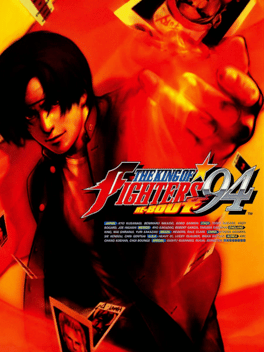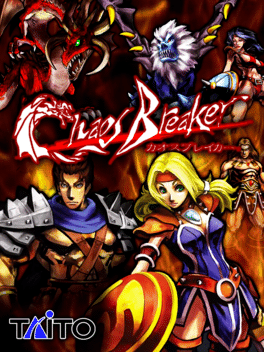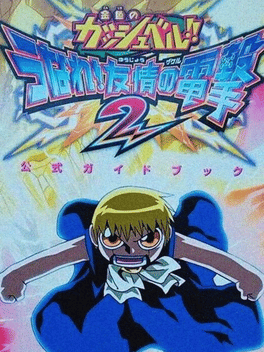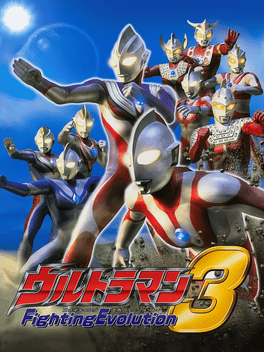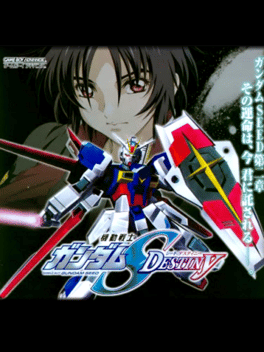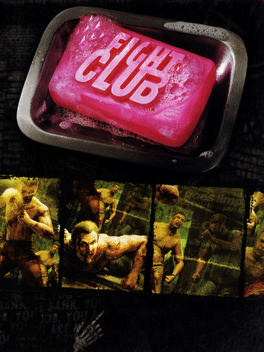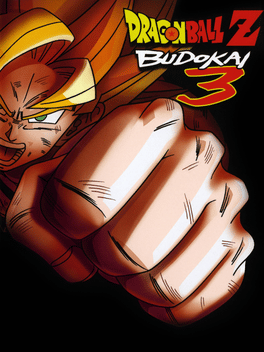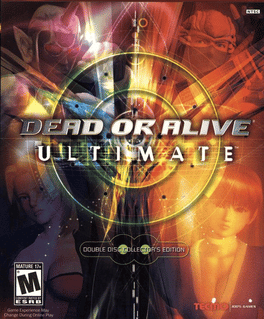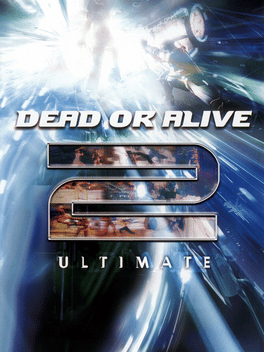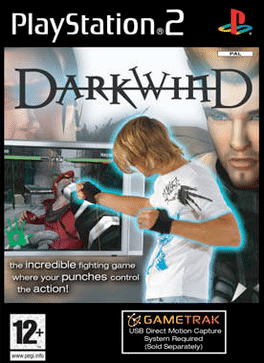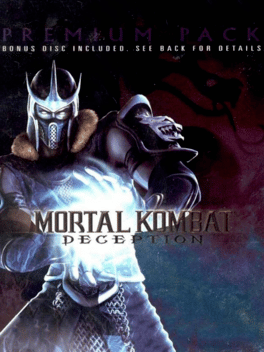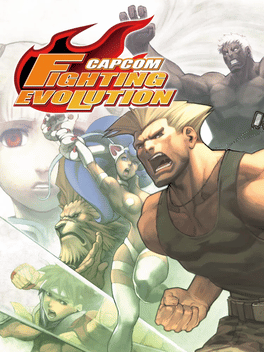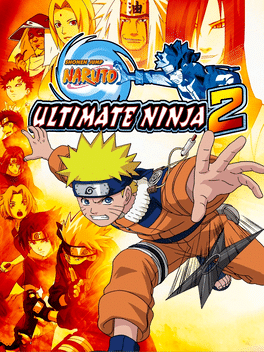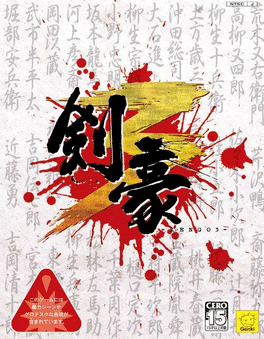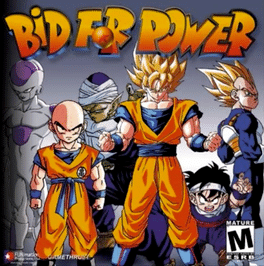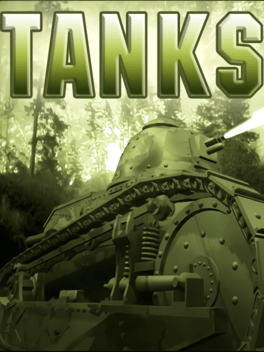New Fighting Games - Page 64
-
The King of Fighters '94 Re-bout
2004
In celebration of its 10th anniversary, SNK re-releases the title that started its most famous fighting game franchise: The King of Fighters '94. The remake smooths and upscales the original character sprites, includes completely new backgrounds with 3d elements, and adds the ability to edit the teams. -
Chaos Breaker
2004
Chaos Breaker
2004
Chaos Breaker/Dark Awake: The King Has No Name is a fantasy-themed sprite-based 2D fighting game developed by Eolith and released exclusively in Japan arcades. Players select a team of 3 characters, similar to The King of Fighters series. There are 18 playable characters, 3 bosses, and six different races featured in the game, including: Human, Dark Elf, Elf, Orc, Dwarf, and Undead. -
Konjiki no Gash Bell!! Unare! Yuujou no Zakeru 2
2004
Zatch Bell! Electric Arena 2 is an Action game, developed by Bandai and published by Banpresto, which was released in Japan in 2004. -
Battle Assault 3 featuring Gundam Seed
2004
Battle Assault 3 featuring Gundam Seed is the fifth game in the series. It was released on the PlayStation 2, four months after the GBA installment. It was the first to feature full 3D graphics and it also focused on units from the Gundam Seed anime, including grunt mobile suits like GINNs. However, the Wing Gundam Zero Custom, Tallgeese III, Burning (God) Gundam and Master Gundam appear as unlockable secret characters. It was only released in the US. It was built off of the original Gundam Seed game for the PlayStation 2, but modified from an action game into a 3D fighting game. -
Ultraman Fighting Evolution 3
2004
Ultraman Fighting Evolution 3 (ウルトラマン Fightingファイティング Evolutionエボリューション 3スリー Urutoraman Faitingu Eboryūshon Surī) also called "Ultraman FE3" is a Fighting game developed and published by Banpresto. it is the 3rd in the Ultraman Fighting Evolution series. The direction is provided by Yuji Machi, who acted as Ultraman Tiga's voice actor as well. -
Mobile Suit Gundam SEED Destiny
2004
A follow-up to Gundam SEED Battle Assault that was only released in Japan. It is a fighting game based on the Gundam SEED Destiny anime. -
Fight Club
2004
Fight Club
2004
star 3Fight Club is based on David Fincher's film adaption of Chuck Palahniuk's novel of the same name. Fed up with consumerist American culture, a fight club is founded as a new type of therapy through bare-knuckle fighting. The game focuses on the fights and uses many characters and environments from the original story. You can create a new fighter or clone one of the generated characters. There are three general fighting styles to choose from: grappling, kung fu or brawling. The moves range from basic punches to devastating moves with broken bones, ripped clothes and real-time facial deformation. After each successful fight, you earn Character Development Points (CDP's) which can be used to upgrade or heal your character. -
Dragon Ball Z: Budokai 3
2004
star 8.3The third installment in the Dragon Ball Z: Budokai series begins another tournament of champions where only one fighter can prevail. As one of the characters from the Dragon Ball Z animated series, you can master an all-new fighting system that lets you teleport, juggle opponents, fly, and attack in a variety of ways. As you progress through the tournament, you can unlock up to 40 bonus characters from the DBZ universe. You can also post and retrieve character profiles from the Internet. -
Street Boyz
2004
Street Boyz
2004
Street Boyz is an Action game, developed by Tamsoft and published by D3Publisher, which was released in Japan in 2004. -
Dead or Alive Ultimate
2004
Dead or Alive Ultimate features the original SEGA Saturn version of Dead or Alive as well as a totally redesigned Dead or Alive 2 along with more costumes and more features including the addition of Live! support so the player can take their fight online. -
Dead or Alive 2 Ultimate
2004
Dead or Alive 2 Ultimate is a compilation fighting game. The compilation contains the Sega Saturn version of Dead or Alive and an enhanced remake of Dead or Alive 2 which utilized the Dead or Alive Xtreme Beach Volleyball graphics engine and offered Dead or Alive 3 game mechanics, new game content, online multiplayer capabilities and the inclusion of Hitomi as a playable character. -
Dead or Alive 1 Ultimate
2004
star 8Dead or Alive Ultimate is a compilation fighting game. The compilation contains the Sega Saturn version of Dead or Alive and an enhanced remake of Dead or Alive 2 which utilized the Dead or Alive Xtreme Beach Volleyball graphics engine and offered Dead or Alive 3 game mechanics, new game content, online multiplayer capabilities and the inclusion of Hitomi as a playable character. -
Gametrak: Dark Wind
2004
-
Mortal Kombat: Deception - Premium Pack
2004
Mortal Kombat: Deception (Premium Pack Bonus Disc) is a Fighting video game published by Midway released on October 4th, 2004 for the PlayStation 2. Includes: - An exclusive “Arcade Perfect” playable version of Mortal Kombat 1. - 25 Character Video Bio’s, Including Mortal Kombat team commentary. - History of the Mortal Kombat franchise movie. -
Capcom Fighting Evolution
2004
star 5.7Capcom Fighting Jam, released in the US as Capcom Fighting Evolution, is a 2004 head-to-head fighting game from Capcom. It was originally released as a coin-operated arcade game for the Namco System 246 hardware and ported to the PlayStation 2 and Xbox. The game features characters from three different incarnations of the Street Fighter series, as well as characters from the Darkstalkers series and the CPS III arcade game Red Earth, with each character employing the fighting system from the game which they represent. -
Naruto: Ultimate Ninja 2
2004
star 7.3"The ultimate ninja battle returns! Battle the best in the land with intense, anime-style head-to-head ninja fighting with over 30 playable characters and 16 unique stages. Choose from more than 60 exciting missions, test your skills with challenging mini-games or play through the anime storyline - and even unlock an original story - in the all-new mode, Ultimate Road. Earn money and points to unlock tons of bonus content as you unleash your chakra and ascend the ranks on your way to becoming the greatest ninja of all!" -
Kengo 3
2004
-
Bid For Power
2004
Bid For Power
2004
Bid For Power is a total conversion for QuakeIII that plays nothing like the original game. Players take control of Ki-powered superheros and battle it out in a mostly aerial fight. The game is highlighted by the work of a great art team and an original style, and the gameplay is extremely fast paced. BFP started out as a Dragonball Z game, and neared completion as one. We ran into legal problems and had to repopulate the universe with original things. This delayed us quite a bit, but we ended up with a population of unique and cool characters to play. If you are new to the game be prepared to have a difficult time finding a server. We had about 30 people playing at a time for about a year or two, but it has mostly died out. BFP has also been heavily modified by several different groups using the scripting system, so you may run into compatibility issues. BFP is no longer under development. -
Tanks
2004
Tanks
2004
Prove that you and you alone are the best tank pilot by blowing your opposition to smithereens. Play against AI opponents of varying difficulty, or challenge your friends to a duel, a duel of Tanks. Take turn launching hunks of explosive metal into the air, and then smile as then come crashing down on your opponent, obliterating terrain or the enemy tank itself. But you’ll have to make sure you have the angle just right, or the only thing you’ll be feeling—rather than a sense of victory—is embarrassment. Succeed, though, and you’ll not only get a nice sense of accomplishment for angling those attacks just right, you’ll also earn money! Spend it on upgrading your tank, or buying additional items. Keep being victorious, and you’ll be the greatest tank in all the land.
